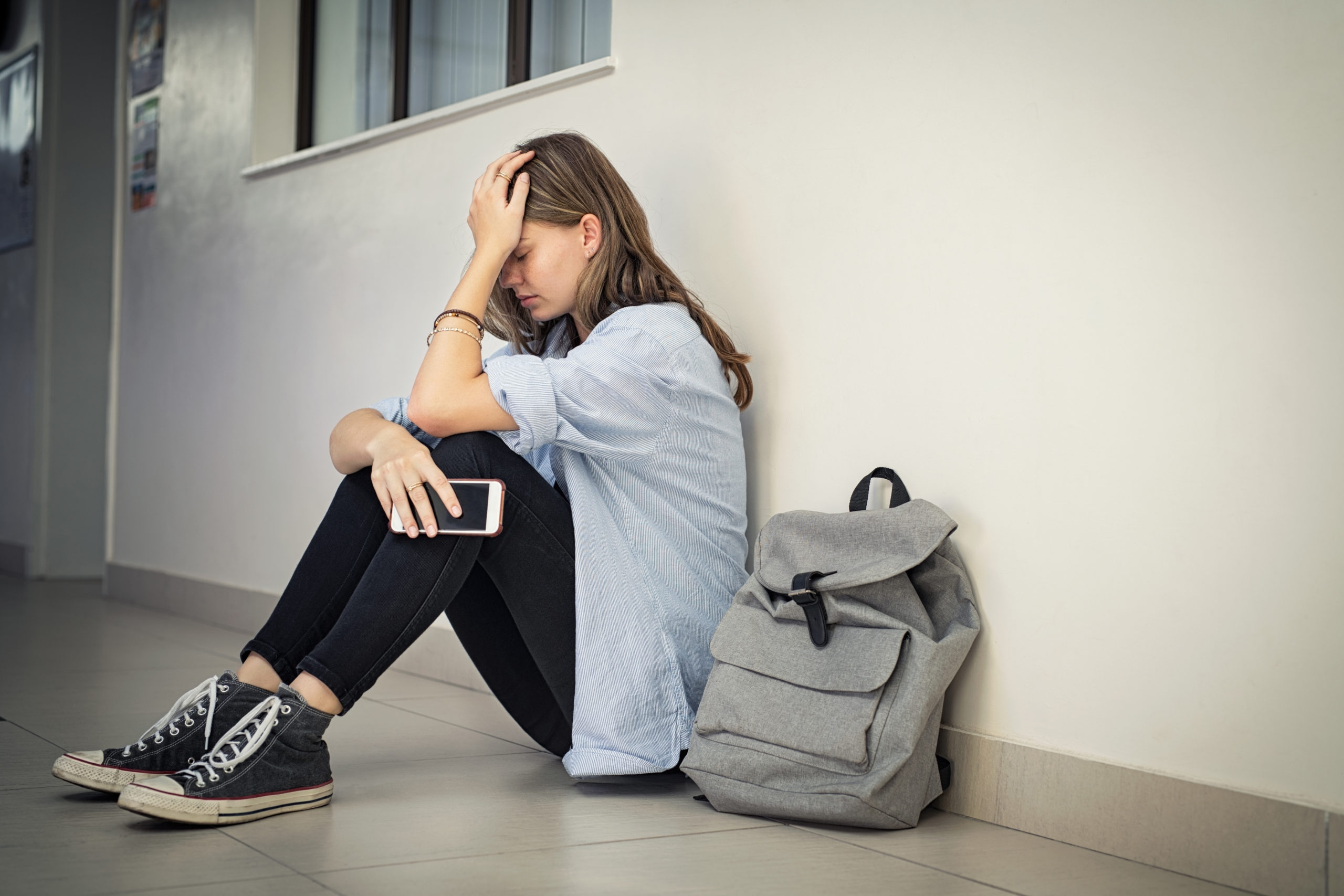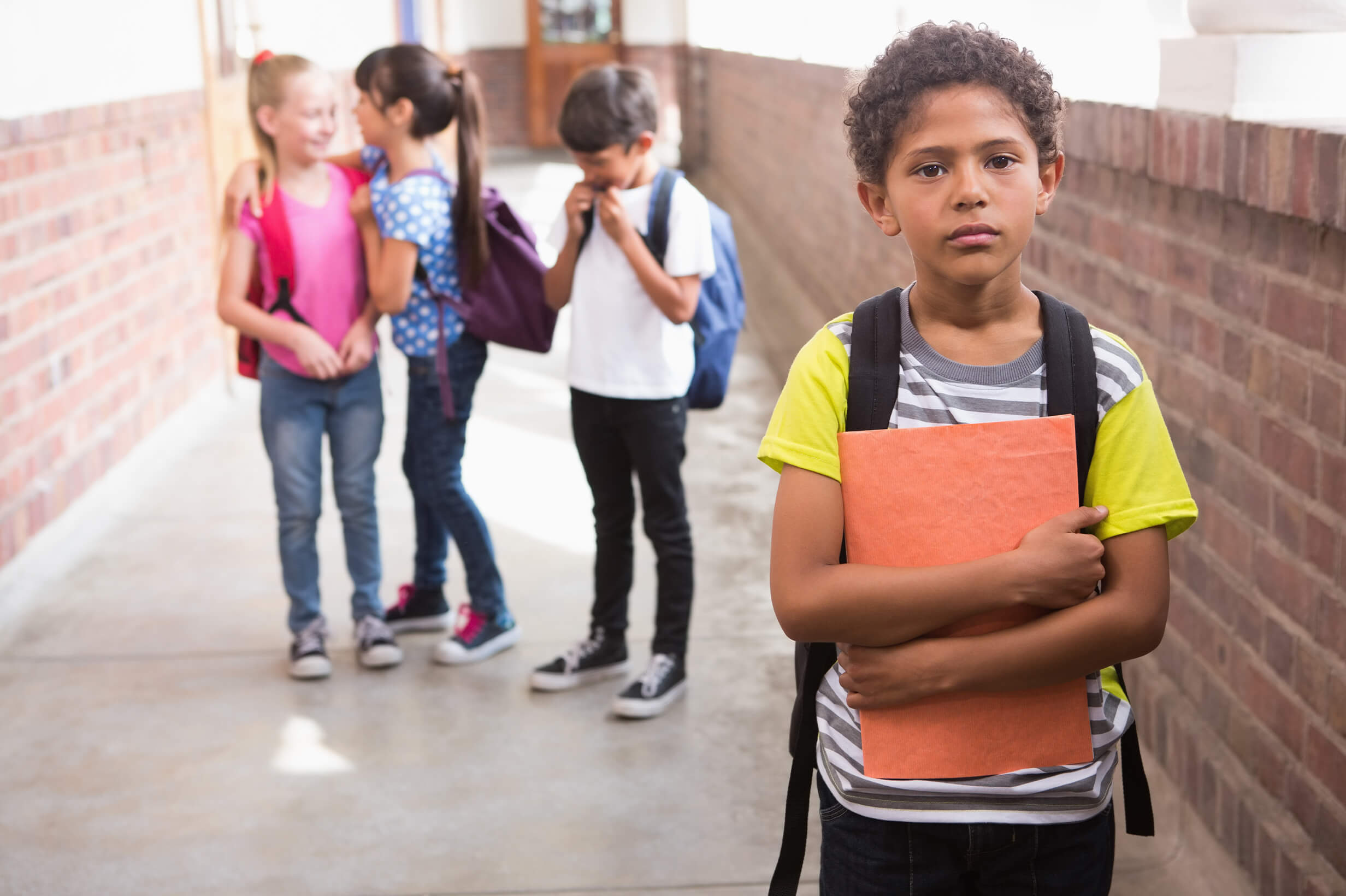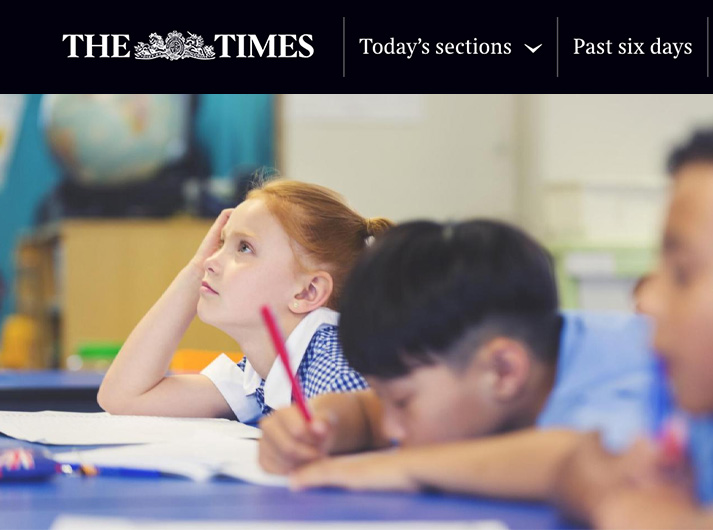

Summary Findings Young People’s Mental Health in the UK. STEER Report Feb 2022
Navigating the road of adolescence:
Young People’s Mental Health in the UK
How the pandemic has affected young people’s ability to self-regulate socially and emotionally
Summary report of data from the STEER Tracking programme, 2018- December 2021, involving twice or thrice yearly data assessment of students’ ability to socially and emotionally self-regulate.
- Pre-pandemic data to December 2021
- 11-18 year olds
- 92 schools
- 15,000 students
DOWNLOAD full report
Summary Findings
The pandemic has had a 25 % adverse effect on Y7-13 students’ ability to self-regulate in school.
Self-regulation is the ability to purposefully adjust how we respond in different social-emotional situations and interactions. The trend is driven by girls, who are nearly 33% more dysregulated in school, compared to boys who are only 15% more dysregulated. This will have an adverse affect on girl’s wellbeing, their formation of healthy relationships and of their ability to access learning.
Girls may have been particularly affected socially and emotionally by lockdown restrictions.
We speculate causes may have been an increase in co-rumination in restricted 1:1 lockdown relationships, which is known to increase anxiety and unhealthy thinking. In addition, restricted social group interactions may have affected girls more than boys.
Post-pandemic, whilst boys’ risks from poor self-regulation generally fall across an age span of 8 to 18, equivalent risks for girls increase.
By the time girls reach 18, they now have more than twice the self-regulatory risks as boys of the same age. The causal factors behind this are likely to be biological, social and environmental. Years 8, 9, 10, 11 and 13 are the highest risk groups when both genders are considered.
The pandemic public exam cancellation provided a unique insight into the social-emotional impacts of public exams vs not having public exams.
Our comparative measures of both periods suggests that public exams do have an adverse effect on student wellbeing, increasing the percentage of student who dysregulate under the strain. Understanding this can help schools better support students by avoiding certain exam-focused messages, and instead scaffolding students to self-evaluate their own levels of pressure, focus and effort, and make regular adjustments as needed.
A key question early on in the pandemic was the extent to which lockdown measures would trigger a wave of disruptive behaviour in adolescents.
This hasn’t yet materialised. Data suggests that, instead, the pandemic triggered a wave of internalised risks which are hidden rather than visibly disruptive. Only 7% of student self-regulatory risks are now externalised, compared to 81% which are internalised (Figure 10) with 8/10 girls now hiding their concerns at school, a rise from 6/10 before the pandemic. This raises concerns of an epidemic of hidden risks and the need for new methods to identify students at an early stage before mental health problems escalate.
We specifically predict that we will see a post-pandemic surge in girls’ internalised control disorders particularly amongst 14-18 year olds.
Internalised control is a particular kind of internalised risk, and is associated with stress related difficulties, hidden perfectionism, unhealthy personal control and self-soothing through controlled eating, controlled behaviours or self-harm. Three combined signals in the data pointed to this rise, making it a strong prediction.
Independent day schools saw some similar increases in risks to state schools
Independent schools saw similar trends but from a lower pre-pandemic baseline and to a lower extent. Affluence had a mitigating effect on the pandemic’s adverse effects, but did not insulate young people entirely.
Find out more about STEER Education
STEER Education offers a trusted platform to schools that alerts staff to students who may have emerging mental health risks, but are not showing visible signs of vulnerability. Through a sophisticated online assessment twice a year, it measures and tracks early signs that students may have unhealthy thoughts about themselves and others. Our assessment also helps identify students who may be hiding safeguarding concerns, whether in school, outside it or both.
We give schools guidance, tailored to each student, so that they can act early and, where possible, prevent problems escalating. Since 2016, we have tracked and supported at least 150,000 students in over 250 primary and secondary schools across the state and independent sector. These include leading MATs, specialist schools and elite sports academies.
Our team is made up of teachers and mental health experts who understand the challenges and rewards of working with students from a wide range of backgrounds and schools.






